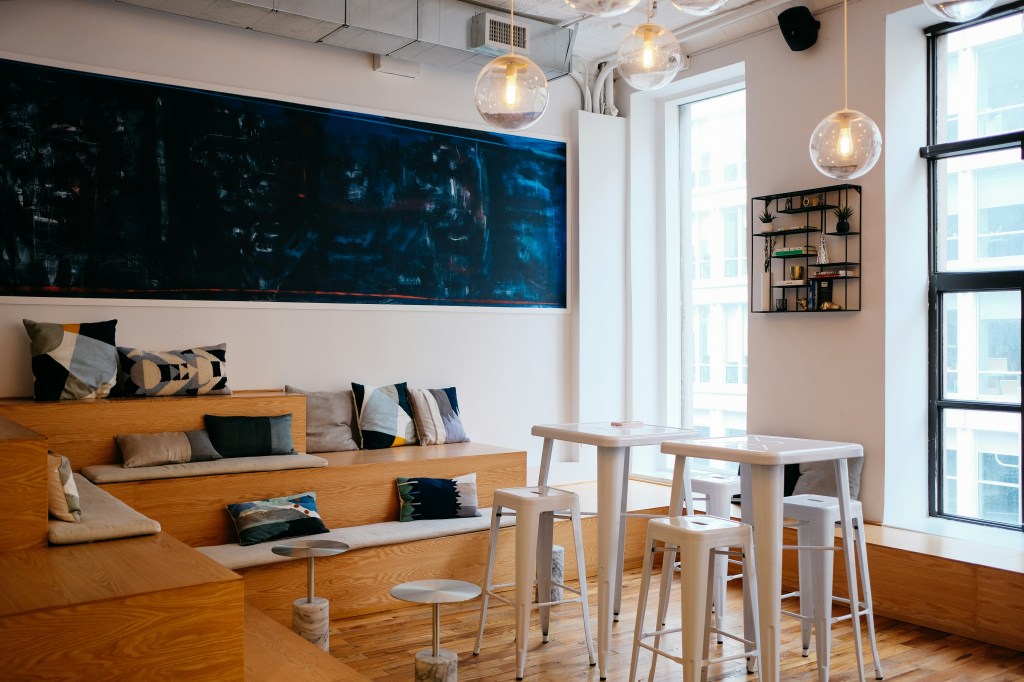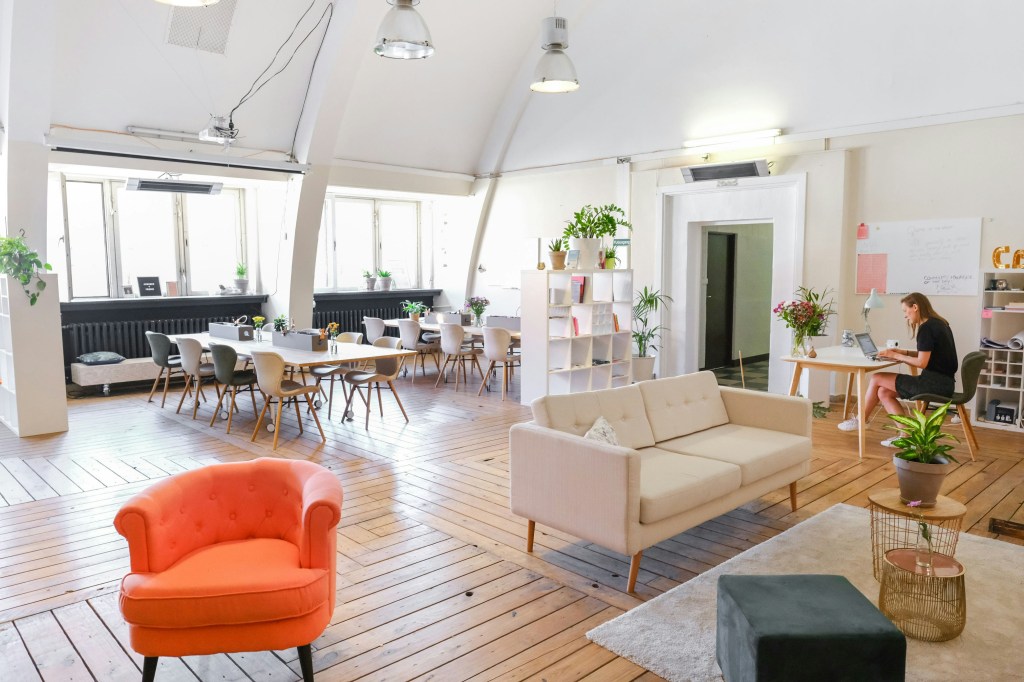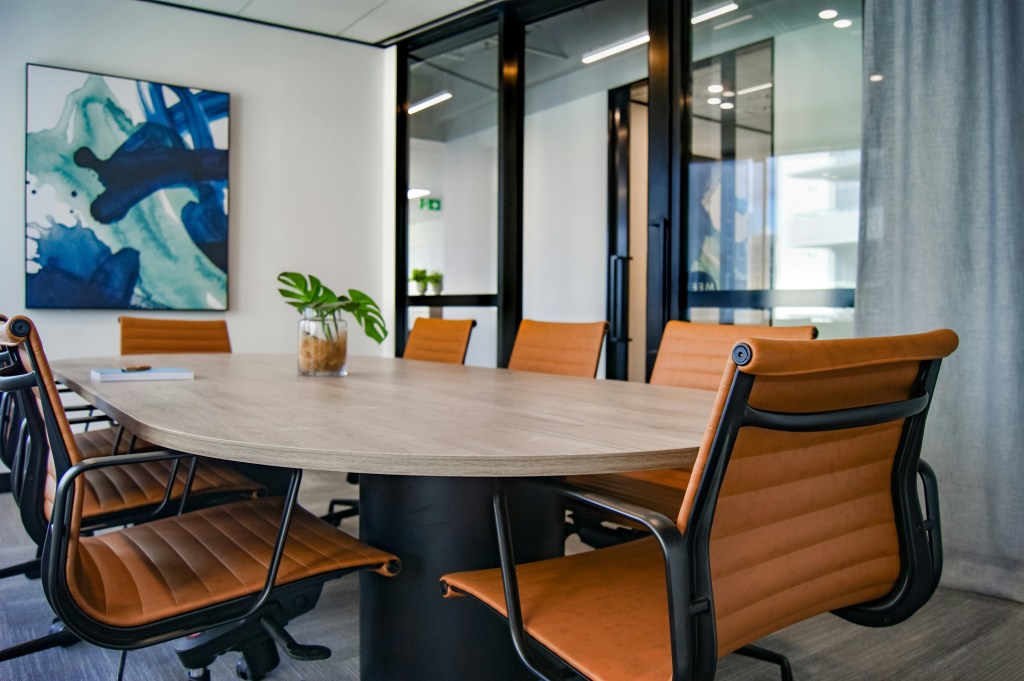The Power of Color in the Workplace
In the modern workplace, the significance of color goes beyond mere aesthetics. It influences mood, productivity and even collaboration among workers. This impact is particularly evident in coworking spaces, where the right color scheme can transform a shared environment into a dynamic hub of creativity and efficiency. Understanding how different colors affect the human psyche can help design coworking spaces that maximize these benefits.
Psychological Effects of Colors
Color psychology is a well-researched field that explores how different hues affect our emotions and behaviors. Blue, for instance, is often associated with calmness and focus. It can lower stress levels and create a serene atmosphere conducive to concentration, making it ideal for areas designated for intense work. Conversely, red is a stimulating color that can evoke passion and energy. While it may not be suitable for tasks requiring deep focus, it can be strategically used in communal areas to encourage conversation and activity.

Green is another powerful color in the workplace. Known for its calming properties, it reduces eye strain and promotes a sense of balance and well-being, making it a great choice for spaces where people spend long hours. Yellow, associated with optimism and creativity, can be used to inspire innovation and positive thinking. However, it should be used sparingly as it can be overwhelming if overdone.
Application in Coworking Spaces
Coworking spaces cater to diverse groups of professionals, from freelancers to startups, requiring a versatile environment that supports various activities. Here’s how color can be strategically used in these spaces:
Focus Zones
Areas meant for deep work should incorporate colors that enhance concentration. Shades of blue and green can create a tranquil atmosphere that helps workers stay focused and productive. Accent pieces in these colors, like furniture and wall art, can subtly influence the mood without overwhelming the senses.
Creative Corners
For areas intended to spark creativity and brainstorming, bright colors like yellow and orange can be highly effective. These hues stimulate mental activity and can inspire innovative thinking. Incorporating these colors in furniture, decorative elements or even as feature walls can energize the space and encourage creative discussions.

Social Spaces
Red and orange can be used in communal areas such as kitchens, lounges and meeting rooms to foster social interaction and collaboration. These warm colors can make the space feel more inviting and dynamic, encouraging spontaneous conversations and networking opportunities.
Relaxation Areas
To provide a retreat from the busyness of work, coworking spaces can include relaxation zones with soothing colors like green and soft neutrals. These areas can offer a place for meditation, casual reading or simply unwinding, helping to reduce stress and promote mental well-being.
Balancing Act
While color can significantly influence a workspace, it is crucial to achieve a balance. Overuse of any color can lead to negative effects. For instance, too much yellow can cause anxiety, and an abundance of blue might create a cold atmosphere. The key is to use color in a balanced way, complementing it with neutral tones and ensuring that the overall design supports the diverse activities within the space.

Conclusion
In coworking spaces, where versatility and functionality are paramount, color is a powerful tool that can enhance productivity, creativity and well-being. By understanding and leveraging the psychological effects of color, these spaces can be designed to meet the diverse needs of their users, creating an environment where everyone can thrive. Whether it is through calming blues in focus areas or stimulating reds in social zones, the thoughtful application of color can transform coworking spaces into vibrant and effective workplaces. For more information on how to better manage your coworking space and how Yardi Kube coworking software can help, schedule a demo below.
